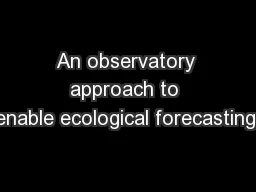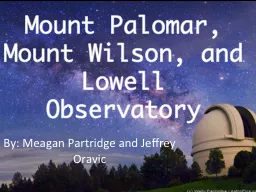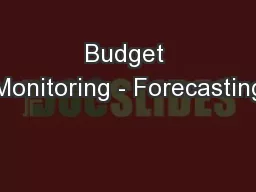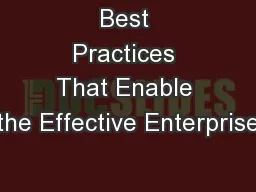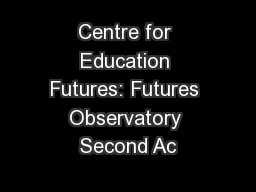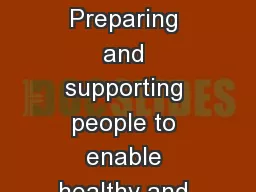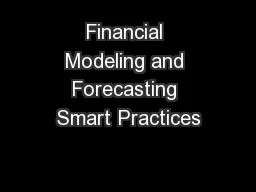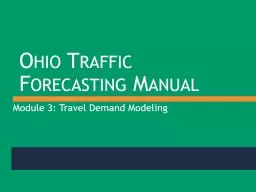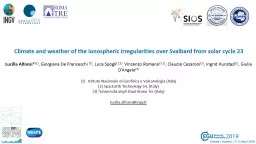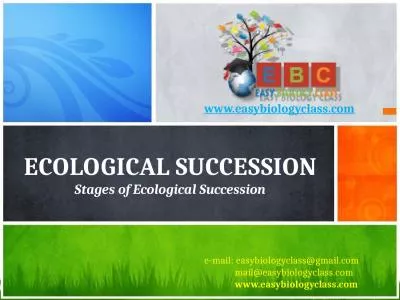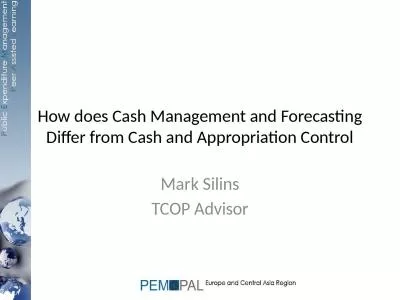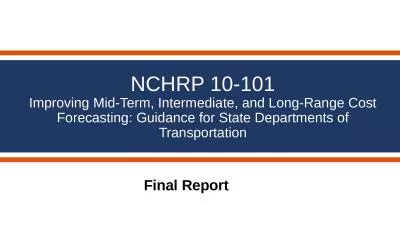PPT-An observatory approach to enable ecological forecasting:
Author : cheryl-pisano | Published Date : 2016-11-24
The role of the National Ecological Observatory Network Hank Loescher National Ecological Observatory Network NEON Director Strategic Projects CEO Office
Presentation Embed Code
Download Presentation
Download Presentation The PPT/PDF document "An observatory approach to enable ecolog..." is the property of its rightful owner. Permission is granted to download and print the materials on this website for personal, non-commercial use only, and to display it on your personal computer provided you do not modify the materials and that you retain all copyright notices contained in the materials. By downloading content from our website, you accept the terms of this agreement.
An observatory approach to enable ecological forecasting:: Transcript
Download Rules Of Document
"An observatory approach to enable ecological forecasting:"The content belongs to its owner. You may download and print it for personal use, without modification, and keep all copyright notices. By downloading, you agree to these terms.
Related Documents

